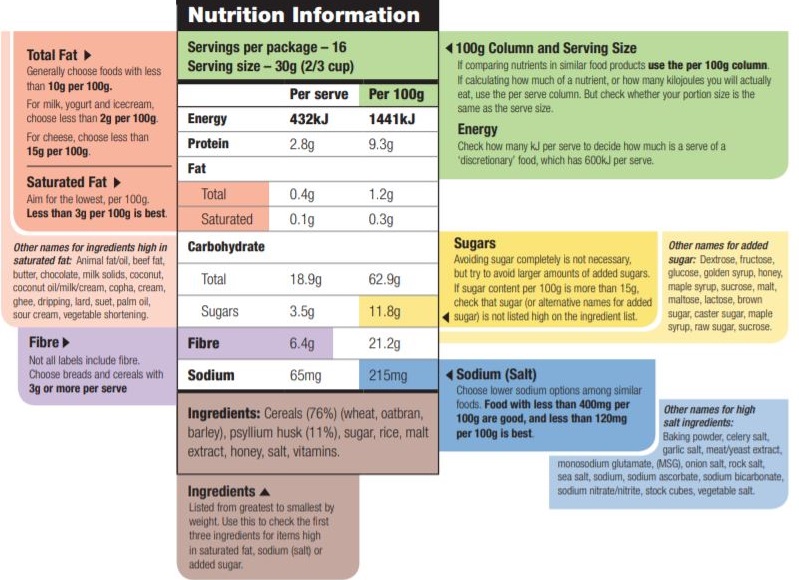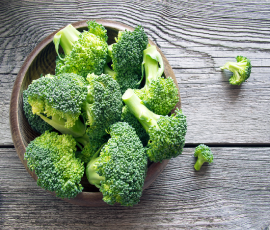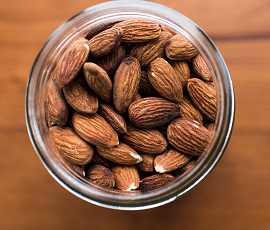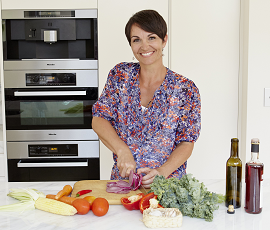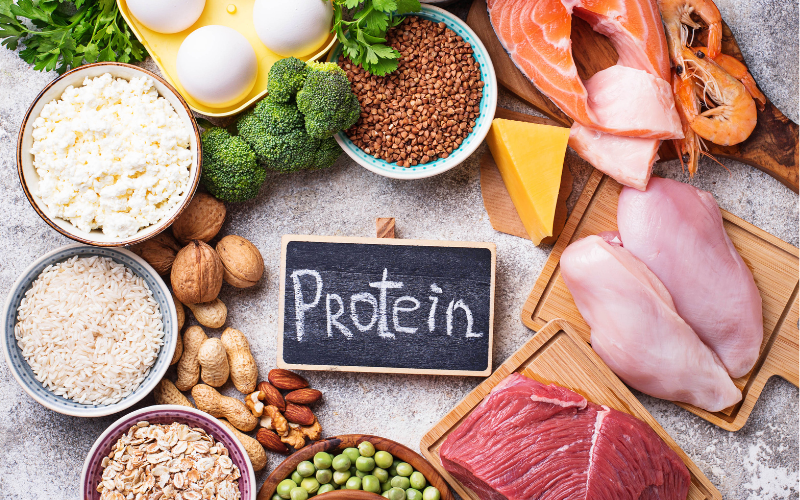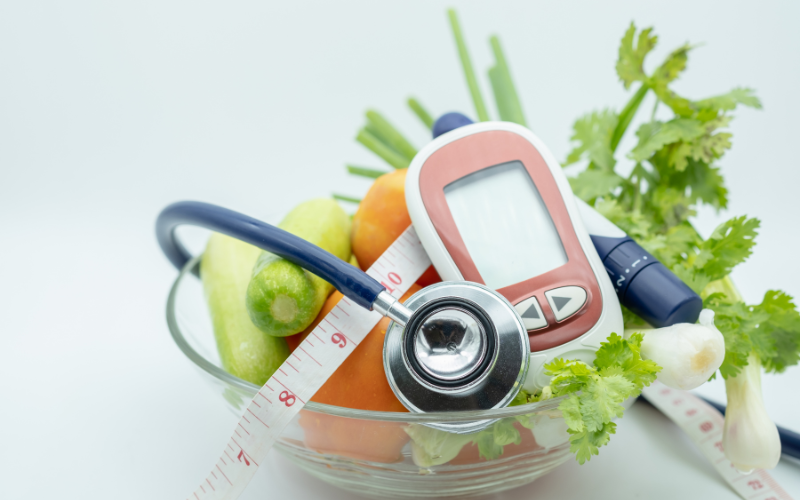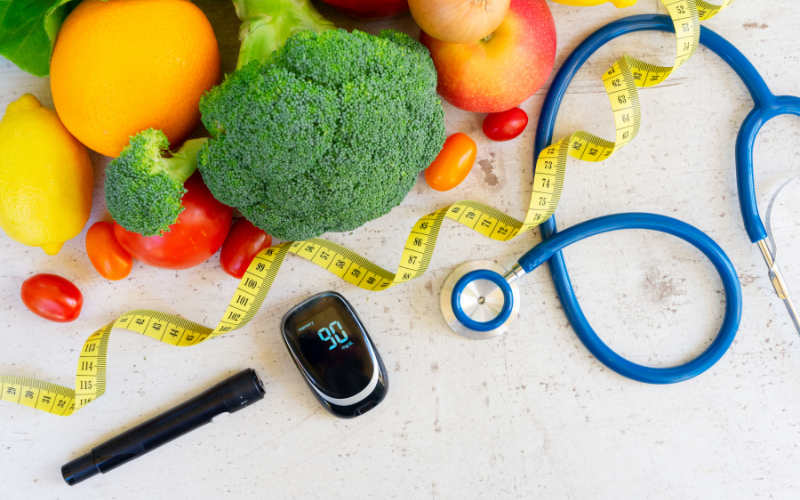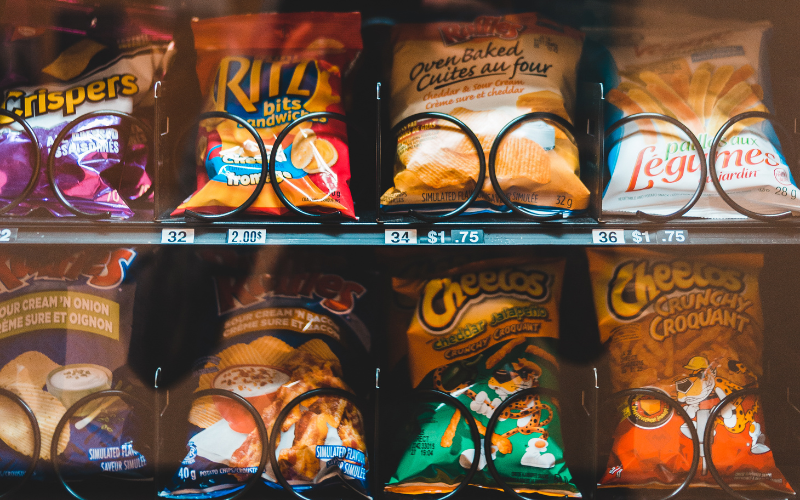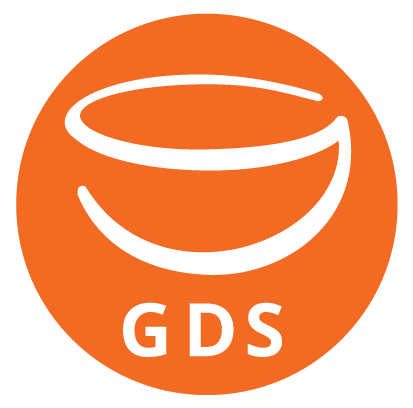Supermarket Swindles: How to read food labels & make healthier choices

If you’re trying to stick to a diet or healthy eating plan, you need to know what you’re actually eating and sometimes the supermarket labels can be deceiving. You need to be able to navigate the sometimes wildly exaggerated health claims of product labels to know if a product is truly healthy or is it just a marketing hype. So if you’re searching ‘how to read food labels’, now is the perfect time to learn your way around a food label and it’s easy with our guidance.
Lucky for us, food labelling in Australia is governed by Food Standards Australia and New Zealand (FSANZ) which means we have a consistent set of information that must be contained on every label. So really, those healthy choices are right in front of you, you just need to be able to make sense of it all. And that’s where we come in.
The two most important things on a food label
Food labels have 12 mandatory components but really it’s two of these that provide the relevant health information, so we’re going to tackle just those: the nutritional panel and the ingredients list. Once you’ve mastered those, you’re well on your way.
According to Professor Mark Lawrence from the Institute for Physical Activity and Nutrition at Deakin University, the most valuable part of the whole label is the nutritional panel. It’s here that you can glean the amount of energy, protein, total and saturated fat, carbs and sugar, and sodium contained in the product, at a glance. Figures are provided for one serving of the food or per 100 grams of the food, the latter which makes for easy comparison between one brand and another. It goes without saying that the lower the sugar, fat and sodium, the better. For specific recommended amounts, visit this Australian Nation Health site.
As for the ingredients in a product, these must be listed in descending order (by ingoing weight) in the ingredients list. This means that the first ingredient is the greatest by weight and the last ingredient is the one with the least amount added. Choose items that have few ingredients, with healthful ingredients listed up front and any added sugars further down the list. Also look out for un-natural ingredients and too many numbers as these are not good choices.
For more information, see Zoe Bingley-Pullin's article about how you can beat the marketing claims and select the healthiest options from your supermarket shelf, every time.

